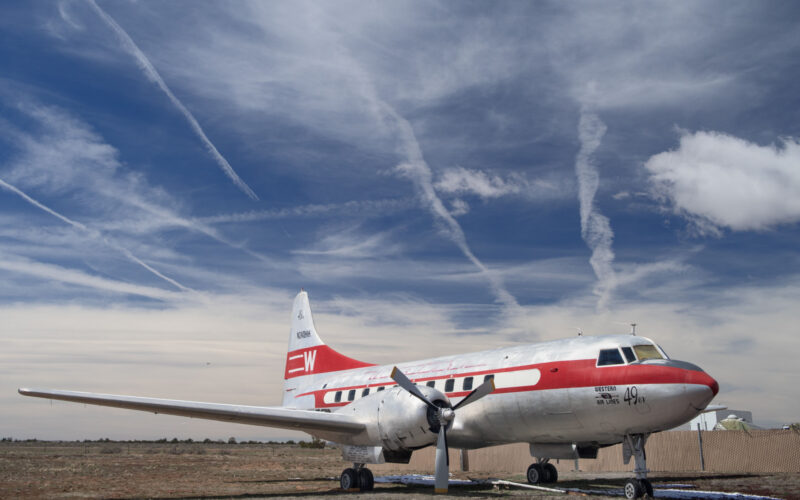Lynyrd Skynyrd 1977 Plane Crash: A Deep Dive into the Tragic Incident That Shook Rock History

The fateful day of October 20, 1977, marked a somber chapter in rock music history with the Lynyrd Skynyrd plane crash. This heart-wrenching event not only claimed the lives of cherished band members but also reverberated as a lasting imprint on the world of rock and roll.
In this comprehensive article, we unveil the intricate details of the Lynyrd Skynyrd plane crash, meticulously examining the circumstances that led to the disaster and the enduring repercussions it cast upon the band, the music industry, and the larger community of rock enthusiasts.
The Background and Flight Details
Lynyrd Skynyrd, renowned for anthems like ‘Sweet Home Alabama’ and ‘Free Bird,’ was a towering presence in American rock music. On October 20, 1977, amidst their ‘Street Survivors’ tour, the band embarked on a journey aboard a chartered Convair CV-240 aircraft. This aircraft was chosen to accommodate the band’s instruments and personnel, aligning with their musical pursuits.
Originating from L & J Company in Addison, Texas, the chartered aircraft aimed to transport the band from Greenville, South Carolina, to Baton Rouge, Louisiana.
Chronicle of the Crash
Post refueling with 400 gallons of 100-octane, low-lead fuel in Greenville, the aircraft took off at 4:02 pm for Baton Rouge, Louisiana. Mid-flight, mechanical glitches, including a malfunctioning fuel gauge and engine complexities, emerged. Recognizing the dwindling fuel supply, the pilots endeavored to redirect the plane toward McComb Airport, situated approximately 10 miles northeast of the eventual crash site in Amite County, Mississippi.
However, the aircraft’s limitations became evident, and emergency landing efforts were initiated in an open field near Gillsburg, Mississippi. Tragically, at approximately 6:52 pm, the plane skimmed treetops before colliding with a large tree, disintegrating into fragments.
The collision resulted in the loss of six lives among the 24 passengers and crew, including lead vocalist Ronnie Van Zant, guitarist Steve Gaines, backup vocalist Cassie Gaines, assistant road manager Dean Kilpatrick, pilot Walter McCreary, and co-pilot William John Gray.
Farewells and Survivors
The Lynyrd Skynyrd plane crash cast a shadow over the lives of several gifted individuals. The demise of lead vocalist Ronnie Van Zant and guitarist Steve Gaines profoundly impacted the band and its followers. Van Zant’s commanding vocals and poetic compositions defined his presence, while Steve Gaines’ guitar prowess added depth to the band’s sound. The losses of Cassie Gaines, Dean Kilpatrick, Walter McCreary, and William John Gray further intensified the tragedy.
Among the survivors were drummer Artimus Pyle, guitarist Gary Rossington, keyboardist Billy Powell, bassist Leon Wilkeson, and various crew members. These survivors bore the scars of extensive injuries, including lacerations, fractures, and internal wounds.
Probe into the Incident
Subsequent to the crash, the National Transportation Safety Board (NTSB) launched a meticulous investigation to ascertain the accident’s cause. This scrutiny unearthed fuel depletion and complete engine failure as outcomes of the crew’s oversight in monitoring fuel levels.
The fuel scarcity resulted from inadequate flight planning and an unspecified malfunction in the right engine, contributing to excessive fuel consumption and a phenomenon known as ‘torching.’ Ultimately, the twin-engine Convair CV-240 exhausted its fuel reserves, highlighting the pilots’ unawareness of the fuel crisis and the compromised state of the aircraft.
Legal Aftermath
The Lynyrd Skynyrd plane crash catalyzed a series of legal actions. The families of the victims filed lawsuits against the band’s management company, the pilot’s estate, and the aircraft manufacturer. These legal proceedings culminated in settlements and agreements, underscoring the necessity for enhanced safety regulations within the aviation realm.
Impact on Lynyrd Skynyrd
Undoubtedly, the crash left an indelible mark on the band. In the aftermath, surviving members briefly disbanded, grappling with grief and emotional aftermath. Eventually, they regrouped, with Ronnie Van Zant’s brother, Johnny Van Zant, stepping into the role of lead vocalist.
Over time, the crash site evolved into a memorial, adorned with symbols representing Lynyrd Skynyrd, paying homage to fans, rescuers, and survivors.
The Lynyrd Skynyrd plane crash sent shockwaves across the music industry, a stark reminder of the unforeseen hazards embedded in the pursuit of musical excellence.
The tragedy’s resonance extended to the rock and roll genre itself. The band’s distinct Southern rock sound resonated with audiences worldwide. The loss of these exceptional musicians reverberated through the genre, leaving an irreplaceable void.
